I’m rounding out the third month in my year-long Foundations project. This month’s focus was money. You can also see my notes on books from the previous two months covering fitness and productivity.
Next week, I’ll share some of the steps my wife and I took this month to improve our family’s financial situation. But first, I want to share some notes from the ten books on finances and money management I read this month.
I’m far from an expert in finance, but of all the foundations I’m covering, it’s one of the few where I actually have some formal training—my university degree is from the business school at University of Manitoba, and I also took several economics courses during the MIT Challenge. Thus, a lot of my reading this month was a refresher rather than a first pass. Still, it can be helpful to be reminded of things we have learned before, especially if we want to implement them consistently in our behavior.
The 1-Minute Summary of What I Learned
Here’s a brief overview of the major lessons from this month’s readings:
- Being rich is different from looking rich. The easiest way to find yourself broke on a high income is to try to appear like you have a lot of money.
- You can’t beat the market. Virtually all investors are better off with simple index investing than paying a professional portfolio manager.
- Successful investing is more about courage than brains. Sticking to a strategy—even when it looks like you’re losing money—is incredibly hard. Most investors chase past winners and end up lowering their returns, since those investments that did well in the recent past tend to be somewhat overvalued compared to the recent “losers.”
- The financial industry is full of scams and predatory behavior. While agency issues exist in all fields, professional financial advising has one of the worst track records when it comes to balancing profit motives with fiduciary duty to clients.
- Practice eclipses theory in investing. Empirically, investing has been solved. Theoretically, finance is still poorly understood, and many of the most widely-used models don’t neatly line up with empirical tests.
Notes on the Ten Books I Read
My favorite book of the month was Burton Malkiel’s A Random Walk Down Wall Street. While Malkiel’s advice does not differ substantially from what I have seen elsewhere, he does a good job explaining all the different schools of thought on investing and giving them a fair shake.
For those interested in a purely practical guide, Ramit Sethi’s I Will Teach You To Be Rich is the best. It outlines, step-by-step, the best advice for managing your money. Nothing Ramit recommends is contradicted by my other research, and his book was definitely the most comprehensive.
The most interesting/enjoyable read was Morgan Housel’s The Psychology of Money.
1. The Millionaire Next Door by Thomas Stanley and William Danko
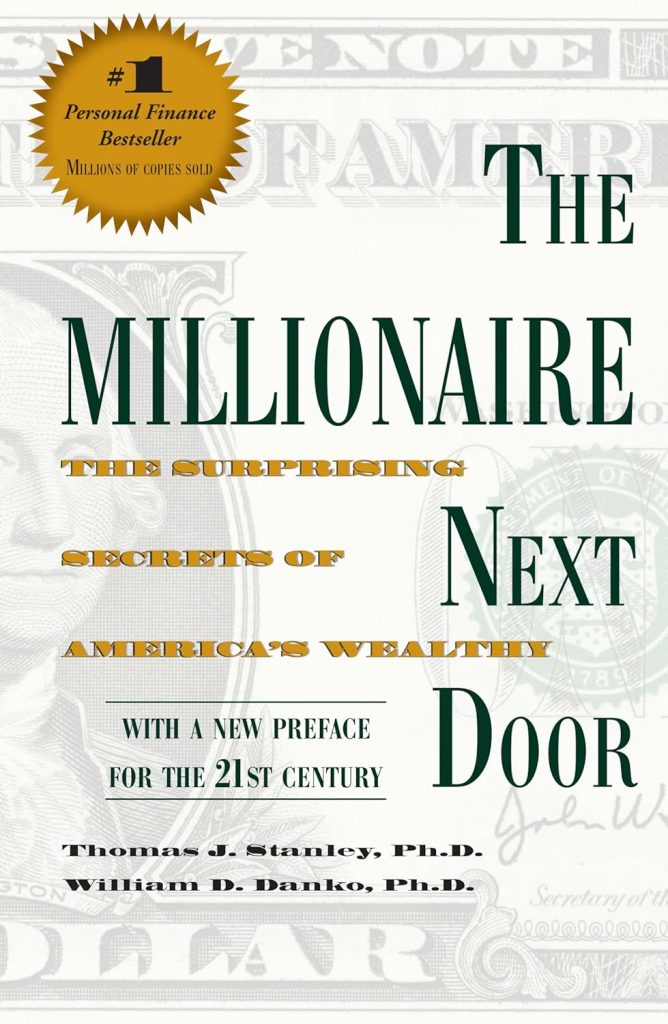
I have mixed feelings about this book.
On one hand, I found the detailed survey data on the habits of wealthy individuals to be fascinating. The authors gathered a treasure trove on all sorts of behaviors associated with being wealthy, down to the amount rich people spend on watches and which brands of cars they drive.
To broadly summarize, typical millionaires don’t look especially rich. They often live in modest homes in modest neighborhoods and don’t spend a lot of money, despite having healthy earnings. That’s why they’re rich.
My major annoyance with this book is that the authors invented two income-adjusted categories of individuals: Prodigious Accumulators of Wealth (PAW) and Under Accumulators of Wealth (UAW). These are people who have more or less wealth, respectively, than would be expected given their income. The authors spend much of the book continually expressing amazement at what a frugal bunch of people these PAWs are.
But this is tautologically true! If you control for income, someone with a lot of wealth necessarily spends less money than they could. The authors found that frugality matters because they defined their investigation so it was the only thing that could matter.1
Savings rates definitely matter to wealth. But the authors’ sleight of hand makes it look as though it’s the only thing that matters—ignoring a person’s income. This is a useful trick if you want to moralize about wasteful consumption, but perhaps less honest if you’re trying to ask why some people have more money than others.
2. Your Money or Your Life by Vicki Robin and Joe Dominguez
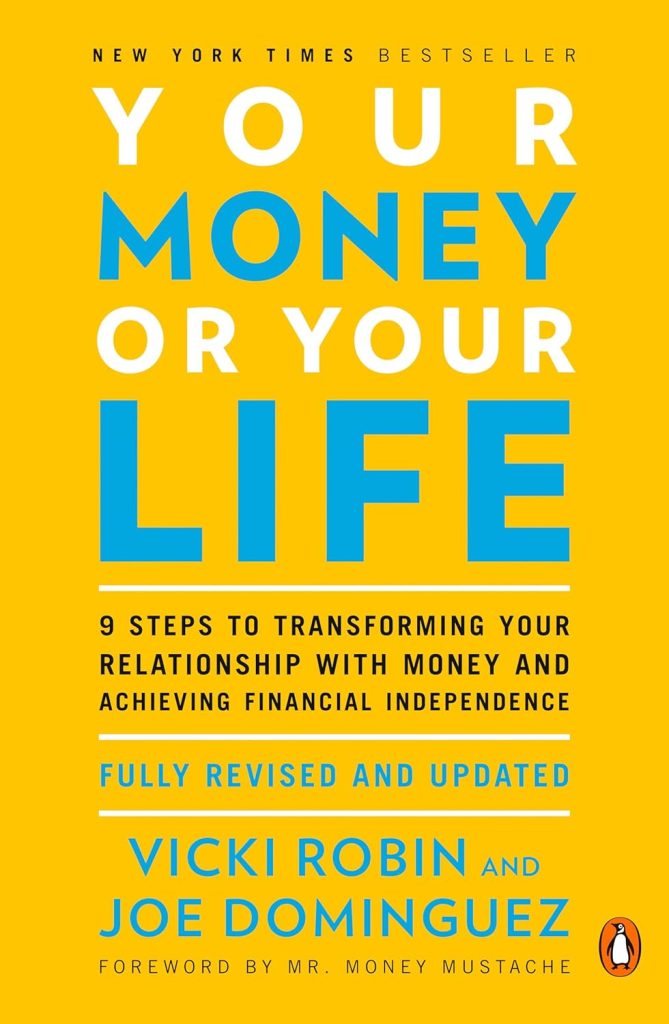
A classic from the “financial independence” side of personal finance advice, I found this book helpful not for any grand insight it offered, but for its subtle reframing of how to think about money.
Most of us measure our spending in terms of dollars and cents. Robin and Dominguez, in contrast, argue that we ought to calculate our “true” wage (meaning the amount we earn minus any costs associated with our employment, such as cars for commuting, lunches at the office or clothing we wear to work) and then use that to determine how many hours and minutes everything we buy costs us. Money is a renewable resource, but our time is not—knowing how much of our life’s energy we spend when we buy things can be a powerful way to curb spending.
3. I Will Teach You To Be Rich by Ramit Sethi

I’ve known Ramit for decades. Indeed, I have an email he sent me, introducing himself, when we were both still skinny, college-aged bloggers. Now he has a NYT bestselling book, a multimillion-dollar business empire and a Netflix show.
I read the first edition of Ramit’s book when it came out over a decade ago, and I still think it’s one of the best. Ramit is both specific and practical in his advice, giving concrete details for how to automate your savings, which banks to use, what to invest in and how to negotiate a better salary.
But beyond the advice, I think what I enjoy most about Ramit’s perspective is that he manages to advocate for financial prudence without falling into the “spending is evil” trap so common in personal finance literature. While it’s true that most Westerners ought to spend less and save more, if you read too many personal finance books, you might forget that you can use money to make your life better and that obsessive penny-pinching isn’t the only way to live.
4. The Simple Path to Wealth by JL Collins
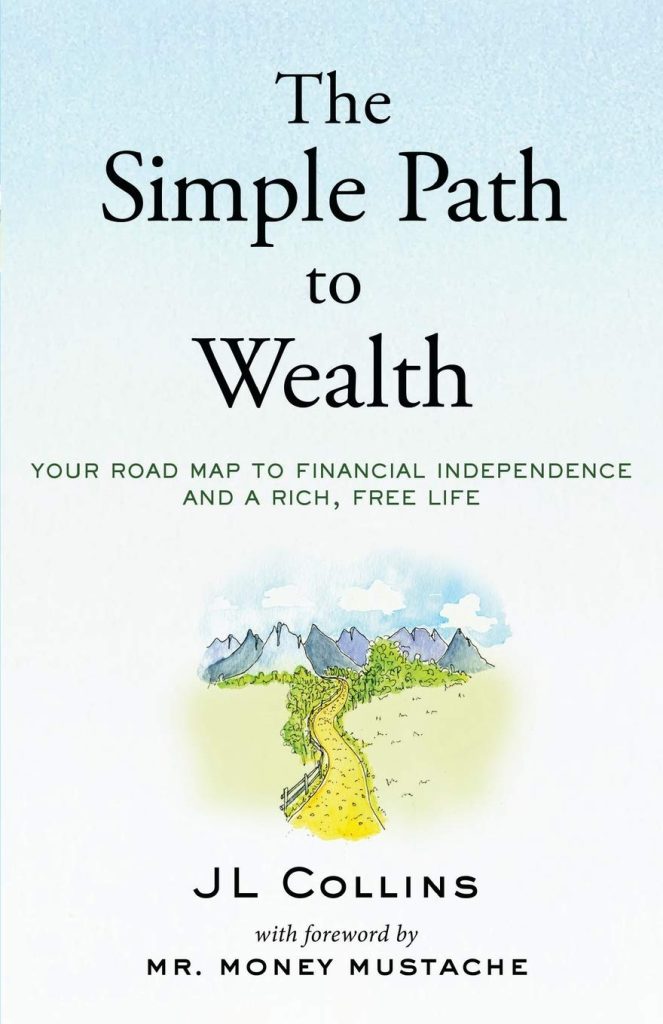
Collins takes the philosophy of index investing—that low-cost, simple portfolios beat actively managed, complex investments—to an extreme. He argues that you pretty much only need to put your money into one fund: Vanguard’s total stock market portfolio.
This makes Collins a bit of a contrarian from most portfolio management perspectives. Investing 100% in stocks is generally considered a very risky portfolio. Perhaps the popularity of this strategy is simply due to the US’s excellent bull market run since the Great Recession.
However, I can see the advantages of simplicity, even if it’s suboptimal from the point of view of modern portfolio theory. A simpler investment has fewer traps to catch yourself in. Complicated investment schemes require you to regularly rebalance your portfolio and make it more likely for investors to try to time the market or chase supposedly superior asset classes.
5. Unconventional Success by David Swensen
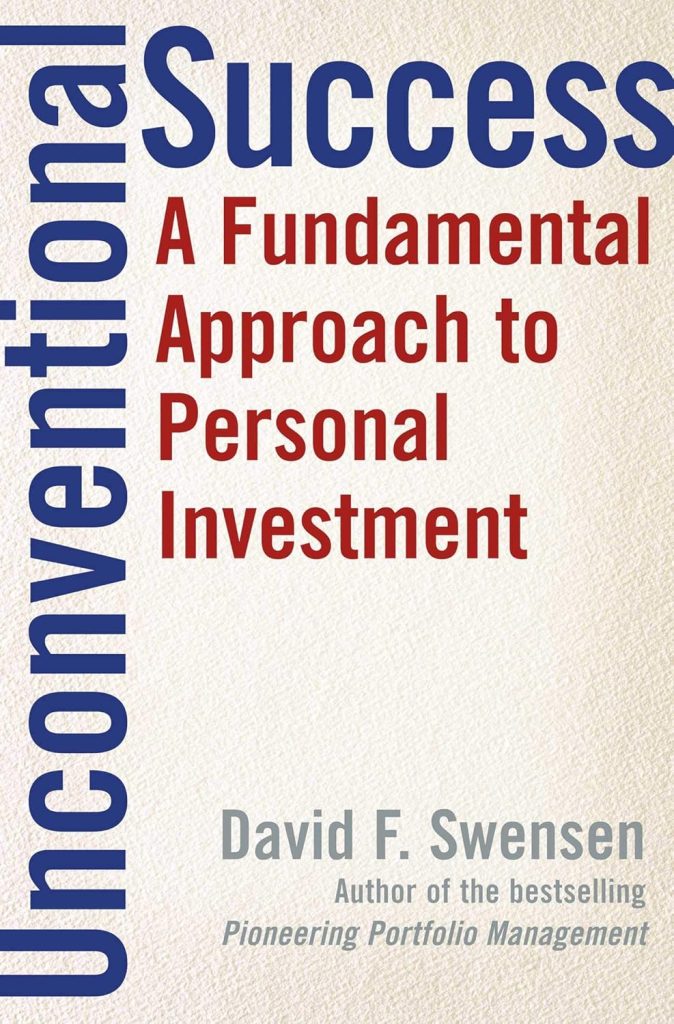
Swensen is a legendary figure in investing circles. Running Yale’s endowment fund, he regularly returned better-than-market averages. In doing so, he also flipped the conventional wisdom on how to properly manage such funds on its head—arguing that the truly long-term viewpoint of endowment funds should be tilted more towards equities than was traditionally considered appropriate.
While Swensen does give investing advice, the most interesting part of this book is the numerous industry stories about ways Wall Street screws over retail investors. He devotes considerable time to documenting the various scandals ranging from outright fraud to legal-but-unethical practices that pit profit motive against fiduciary duty. Sadly, it seems profit wins nearly every time.
The only piece of advice Swensen gave that diverges from other sources is his emphasis on a relatively high degree of diversification between asset classes. In this sense, he takes the opposite approach to Collins by emphasizing a mixture of US and global equities, US treasury bonds, TIPS and REITs rather than going all-in on a single fund.
I found Swensen’s approach intellectually satisfying, but his method also requires a fair degree of rebalancing to keep the portfolio strategy consistent, which can be difficult for an average investor to sustain behaviorally and can potentially incur capital gains taxes.
6. The Psychology of Money by Morgan Housel

This was fun to listen to as an audiobook. Housel is an excellent writer. He weaves together fascinating stories about our all-too-human failings with money and ties them to universal principles of sound money management.
Perhaps my favorite anecdote from the book was the amount by which people underrate compound interest. Warren Buffett is rich, having over $140 billion. He’s a good investor, making roughly 20% annualized returns. But—and this fact is less often emphasized—he is also really old. Starting at age 10, he has been seriously investing for 84 years!
Housel calculates that if Buffett had started investing at 30 and retired at 65, his final net worth would be a little over $11 million (with an m, not a b), even including his impressive return rate. Compound interest is hard for our brains to comprehend.
7. The Little Book of Common Sense Investing by John Bogle

Bogle has done more for the average investor than perhaps any other individual in history. He launched The Vanguard Group and pioneered the practice of index investing. Today, an investor can match the return rate of the entire stock market for less than a tenth of a percentage point in fees every year.
This book summarizes Bogle’s case for index investing, drawing on extensive expert testimony explaining why buying shares in the entire stock or bond market and simply holding them regardless of market movements is the correct investment strategy for most investors.
Bogle’s advice is simple, but it’s far from simplistic. The advice to put your money in index funds is nearly universal among academics, and it’s similarly common among professional money managers (at least when they’re not trying to sell you a specific product they may profit from).
Bogle is contrarian in his focus on only domestic securities and his dismissal of ETFs. I tend to think some international diversification is prudent (although higher fees need to be accounted for), and that ETFs are in some ways a better investing vehicle than traditional mutual funds (although it depends on the exact fund). Those two points excepted, I agreed with virtually everything Bogle had to say about where to put your money.
8. Personal Financial Planning: Theory and Practice by Michael Dalton and James Dalton

This textbook was a whopper. At over 1000 pages, I have to admit I did not read every section. Much of it gave a fairly detailed explanation of US tax law, which was nice for clarification but utterly irrelevant to my own situation (I’m Canadian).
Still, this book covers a lot of topics central to personal financial planning outside of investing. It explains things like constructing a personal balance sheet, determining the correct amount of insurance (life, home, car), and simple calculations for checking if you are meeting your financial goals.
9. Investments by Zvi Bodie, Alex Kane and Alan Marcus
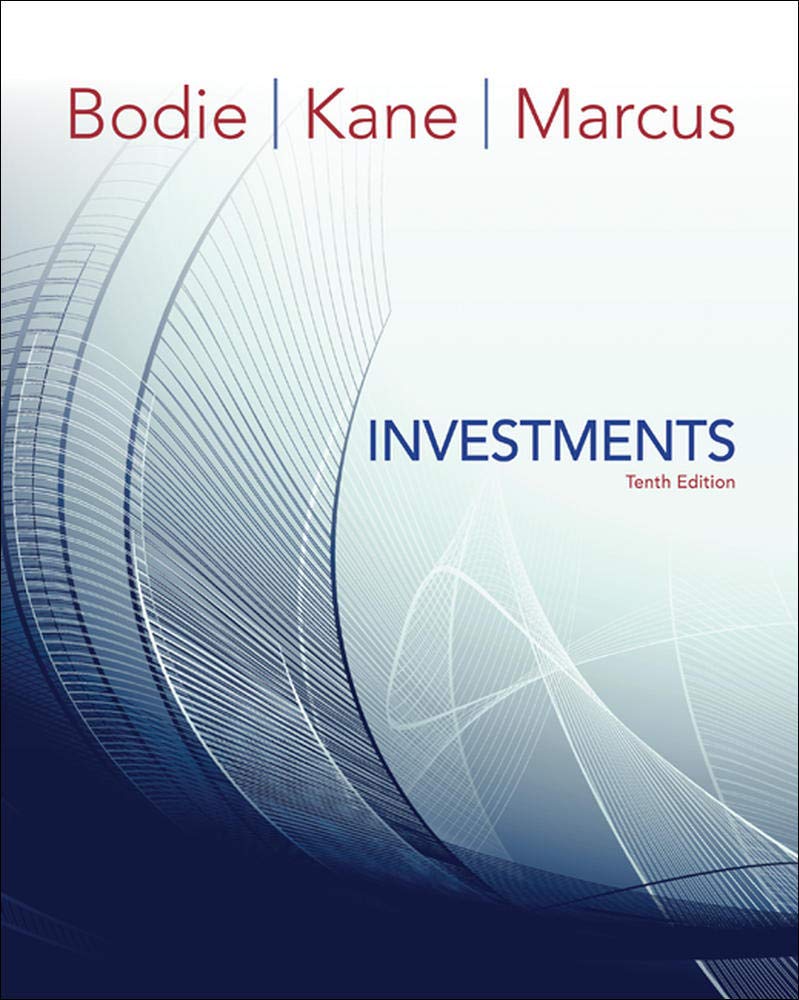
Being my second 1000+ page textbook of the month, I also read this book selectively. In the end, I read about half, focusing on the basic theory and portfolio management parts and skipping over security analysis and the pricing of options and bonds.
I thought the theoretical discussion of investing was most interesting. I learned CAPM in business school, so it was interesting to see how it has struggled to match empirical predictions. Nonetheless, it is still widely used for evaluating investment return.
I also found myself somewhat begrudgingly agreeing with Nassim Nicholas Taleb when reading the discussion of risks.2 Variance alone seems like an inadequate description of risk, especially when taking an international perspective, when entire stock markets have closed or had investor assets nationalized/confiscated during political turmoil. Clearly, the daily volatility of a stock price is not the only risk you’re taking when you invest.
10. A Random Walk Down Wall Street by Burton Malkiel

This book was my favorite of the month. Malkiel, a Princeton economist, covers a lot of intellectual ground in how to think about investing while writing in engaging prose and giving practical advice.
While I read a lot of books that basically argued for broad-based, low-cost index investing, I felt Malkiel gave the fairest description of the major competing philosophies, from technical and fundamental analysis to the “greater fool” theory of behavioral finance.
Malkiel’s book has long been a classic of investing, but I also appreciate how he updates it frequently to fit current circumstances, even including discussions of cryptocurrency in the most recent edition. While the core principles haven’t changed between editions, the actual experience of the market has changed many times, so it’s nice to see these principles applied across various time periods.
Footnotes
- Of course, if you consider capital appreciation separately from income, it’s always possible that someone could have more wealth simply by having much better investments (or fewer losses). However, this isn’t the crux of the book (which doesn’t spend much time discussing investing itself) so the point still stands.
- In The Black Swan, Taleb makes the case against the models of risk used in finance which assume outcomes are drawn from a normal distribution. Such models predict that large stock market movements which have actually occurred ought to be nearly theoretically impossible. True risk, Taleb argues, can’t be modelled since there are always rare events that have no precedence, and the prudent investor cannot expect that past returns bound the possibilities of future returns.

 I'm a Wall Street Journal bestselling author, podcast host, computer programmer and an avid reader. Since 2006, I've published weekly essays on this website to help people like you learn and think better. My work has been featured in The New York Times, BBC, TEDx, Pocket, Business Insider and more. I don't promise I have all the answers, just a place to start.
I'm a Wall Street Journal bestselling author, podcast host, computer programmer and an avid reader. Since 2006, I've published weekly essays on this website to help people like you learn and think better. My work has been featured in The New York Times, BBC, TEDx, Pocket, Business Insider and more. I don't promise I have all the answers, just a place to start.